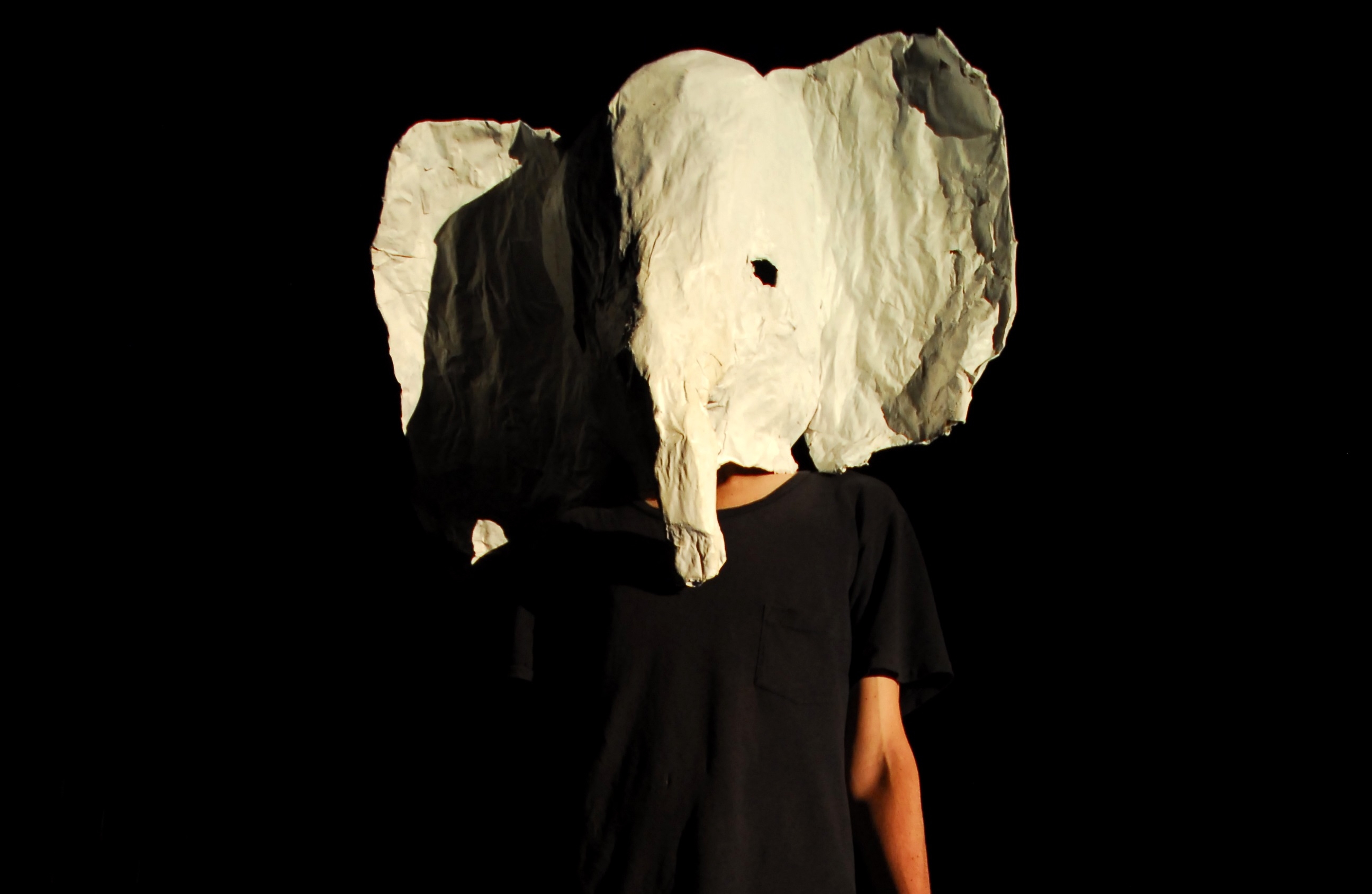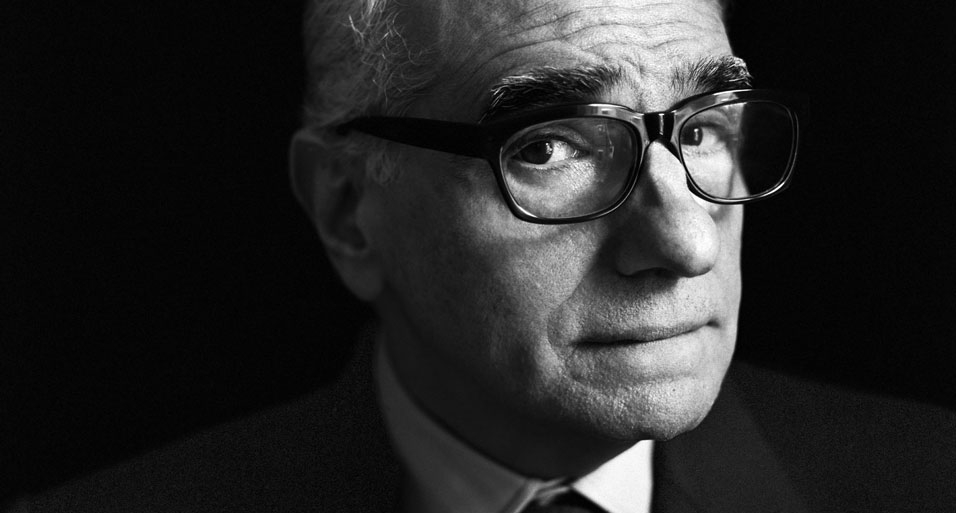“It’s a real sort of concerto for saxophone,” says Sheridan on the core ethos of The Horse. “It incorporates sound, but also light, movement and smell, so they are very much a part of it. It features live but also automated performers, so there is a saxophone obviously, but there is also violin and cello and a bunch of ‘robot’ instruments that I’ve designed and built. For instance, there are eleven concrete cutter gongs – they’re these big cylinders that are used to cut holes into the earth – I found a bunch of them at the tip shop and they sound really beautiful.”
Deciding to remain off-stage for the unveiling of The Horse, Sheridan reveals that while he has been working on the piece for years now, its conception was much less planned. In fact, it all started at Officeworks. Behind the mysterious title, the basis of his work is a chance encounter that sparked an idea that has led to a fully-fledged, remarkably intriguing music performance.
“The starting point to this work was an MRI I had done of my brain quite a few years ago. They are quite beautiful things enough in themselves,” Sheridan explains. “I took it to Officeworks to photocopy it and I started photocopying and enlarging, going deeper into it, and then after about thirty-six times an image of a horse came out which I thought was very strange. It had an uncanny resemblance to the Horsehead Nebula. I started thinking about these ideas – my brain and the universe, the universe and my brain – that sort of thing.”
Using a self-developed program, Sheridan has been able to scan various points of interest from both his own MRI scan and images of the recognisable constellation and transform the chosen data into a series of pitches, rhythms, durations and timings. While the piece began as an exploration of the vastness between the human body and the universe, he asserts that his focus has somewhat changed over time.
“I’m more concerned with the form of a concerto,” he says. “Concerto is a word for a solo performer and an accompanying assemble, sort of one performer verse the world. In the romantic period particularly it was very much a form of showing of the virtuosity of the performer; a vehicle for the ego. I don’t want to let the cat out of the bag yet, but The Horse is much more about what happens around the saxophone, even though it is in the centre. I’m very curious to see how other people perceive it.”
Though he welcomes each audience member to create their own meaning from the performance piece, Sheridan hopes to hold a certain control over particular factors of each interpretation. Ultimately, he is setting out to warp the preconceived notions of sound experience.
“I’ve started doing a lot more of what I call ‘sound theatre works’ because I’m very concerned that when people hear a certain sound it goes with a definite colour or a definite visual or movement,” Sheridan describes. “So that’s a part of interpretation I definitely want to control. But in terms of what it means, I’m working it out as I go as well. That’s the interesting thing about creating a piece of art – in retrospect you can see exactly what it means. But as you’re doing it, it sort of just makes sense. It just works.”
Trained in contemporary classical music composition, the Hobart-based entertainer began with formal studies at the Tasmanian Conservatorium of Music and completed a master’s degree at the College-Conservatory of Music in Cincinnati, USA. However, moving away from convention and its tight parameters, Sheridan found his passion in the manipulation of music through the stimulation of other senses. Nominated for a Green Room award for his 2014 work Terminal, it’s clear that familiarity of tradition does not – and should not – always come first.
“It’s amazing how effective it is just to have a sound crescendo and a light crescendo along with it – to have that sort of visual reinforcement,” says Sheridan. “This time I was interested in extending that to movement, but also smell and the rhythms between sound, smell and light. Smell is actually a hard one because the attack of smell is quite long so it’s harder to do it with sound.”
With an already sold-out opening night, The Horse will be shown in The Rehearsal Room of Melbourne’s Art House. Known for his ability to turn any space into his own, Sheridan is sure to convert the much more conservative setting into his very own centre for sonic exploration.
“I performed a piece as a part of The Festival of Live Art in front of a carwash,” Sheridan shares. “As people came through I was performing live in sync with the robot cleaners. People really loved it. They couldn’t really see me, but I could see them and their reactions. Because I was performing it live, I could see if they were responding to certain sounds and I could do it again – I could tickle them with a particular sound.”
BY PHOEBE ROBERTSON







